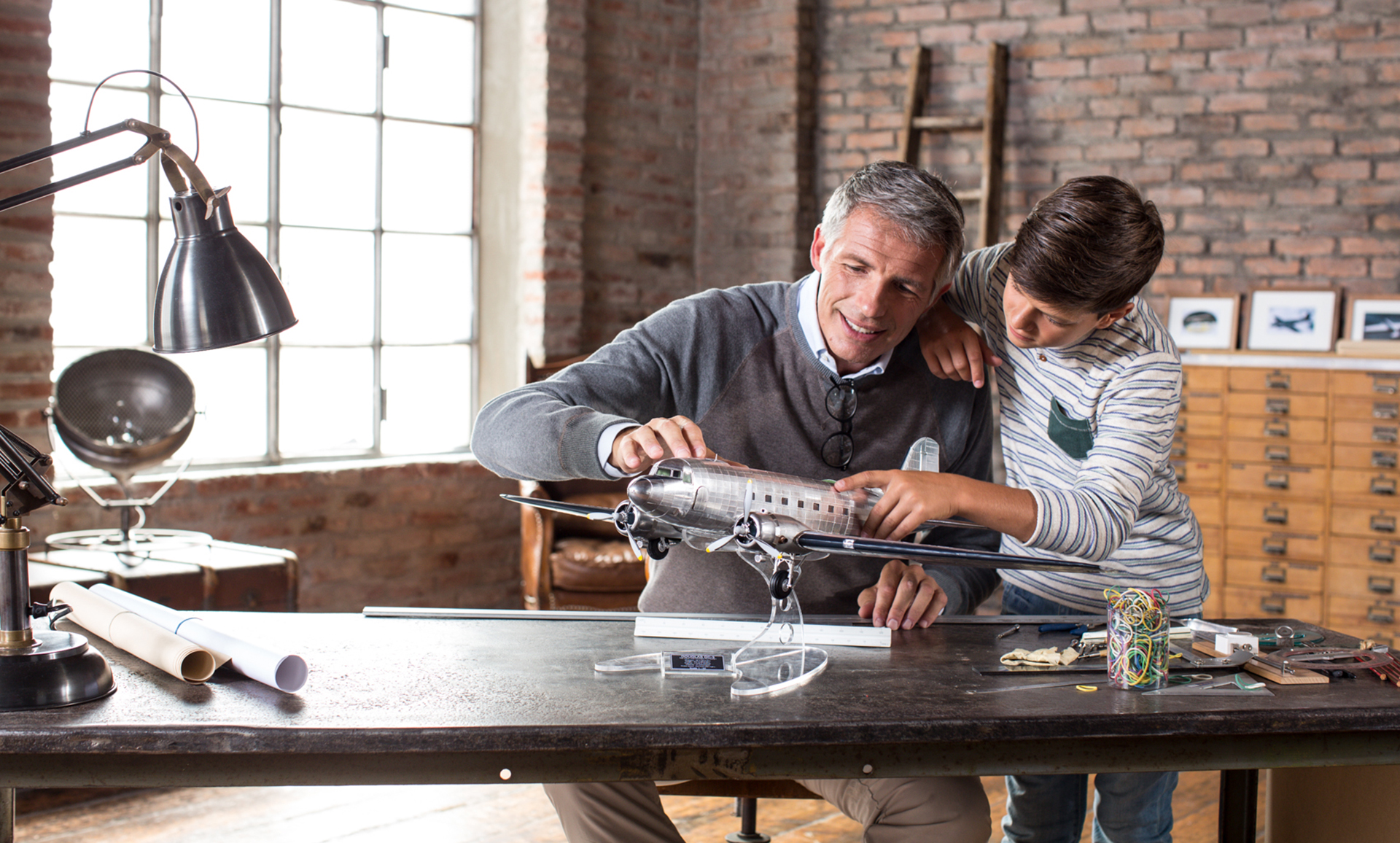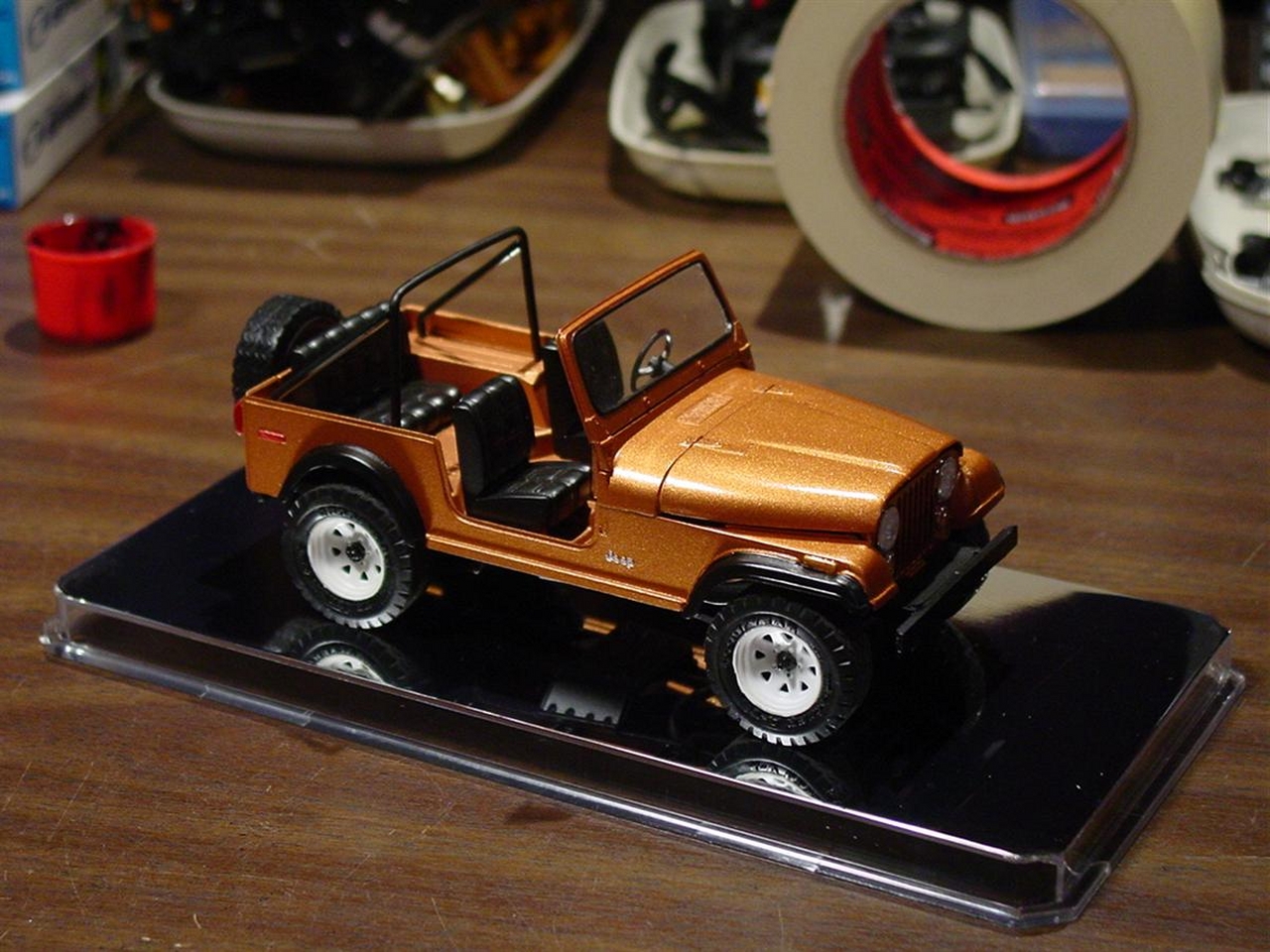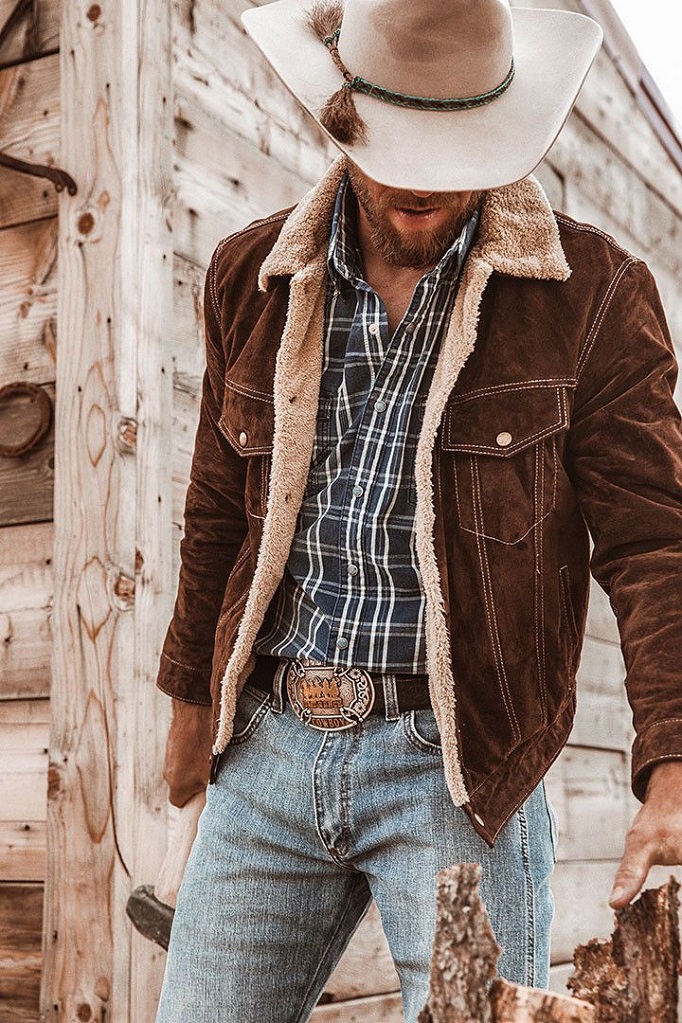A Beginner's Guide to Build Your First Scale Model
Are you locked inside your house due to the Coronavirus with nothing to do? Perhaps it's time to pick up a new hobby! One of the most underrated hobbies that many people don't even put a thought about is model building. Building model cars requires a lot of concentration and attention to detail, and it helps you develop DIY skills that you can then take over to other areas in your life. It's also a time-consuming hobby, making it perfect for all of those stuck in quarantine right now. But what are model kits? And how do you choose the right one as your first one?

Model kits are comprised of several small pieces that need to be put together to create a final product. Model kits come in a variety of materials, including metal, plastic and wood. Depending on the materials, you may need to put the model together using screws, glue, small nails or a combination of all three. Most model kits also need to be painted to appear like they do on the cover box. The most common type of kits are plastic model kits, and they're used or creating scale models of cars, trucks, military vehicles, ships, boats and airplanes.
Model kits come in various scale, ranging from 1/10 to 1/2500. The scale represents how many times the size the model is when compared to the size of the original. So if a model is 1/1, it means that the model is full-size. The larger the second number is, the smaller the size of the model. When looking for scale model cars for sale, you'll most commonly find 1/24 models. Military vehicles, on the other hand, are either 1:35 or 1:48; airplanes are either 1:32, 1:48, 1:72, with some commercial jets being as large as 1:144. Ship models are 1:72, 1:350 and even 1:720 due to their large original size.
Moreover, model kits are available in different skill levels, that are ranged 1 to 5, and they represent how difficult the kit is to assemble. Level 1 kits are snap-together pieces that don't require glue or paint. Level 2 kits are easier kits that may require some glue and paint to complete, and they typically have less than 100 pieces. Level 3 kits feature smaller and more detailed parts, generally over 100. Skill level 4 kits are advanced kits with fine details that certainly contain over 100 pieces. Level 5 kits are for expert modelers, and they're full of super-detailed parts, containing up to several hundred pieces some of which have moving parts, such as working suspension, rotating propellers or movable turrets.
Once you've went through all the scale model cars for sale and picked the one suitable for your skill level, you're going to need a few tools, such as a hobby knife and file, at the very least. If you're handy with tools and feel like you can start with a level 3 kit, you'll also need glue and paint. Plastic model kits consist of soft plastic pieces that are easily bonded with chemical glues known as plastic cements. These glues bond the plastic pieces together by melting the edges of the plastic and thus melding them together to create new seams. These seams are sometimes imperfect and require a bit of modeler's putty to fill in the gaps, but that's pretty rare. Modelling cements come in two forms - liquid and paste. Paste is recommended for first-time modelers. Modelling cement paste can be either standard or non-toxic. Non-toxic paste doesn't release smelly fumes, but it takes longer to cure.
Kits over skill level 1 are typically moulded in grey or white and require paint to complete. The average kit can include up to 10 paint colours that you need to make a complete model look just like the one on the box. The colour schemes can sometimes be confusing for beginners, as there are some kits that suggest using flat aluminium and gloss silver, which are basically the same colour. The most popular brands of colours are enamel paints from Model Master and Testors, and acrylic paints from Tamiya. Enamel paints are oil-based and they're suitable for advanced modelers. Acrylic paints, on the other hand, are water soluble and can be easily cleaned, making them ideal for first-timers.
Lastly, you have to think ahead about whether it's better to glue or paint first. Sometimes you'd want to paint some parts before gluing them, while other times it's the other way around. Would you like to paint the dashboard and seats before or after you've installed the body and roof? Obviously before, right? When in doubt about these kinds of things, refer to the instructions guide, you'll oftentimes find the answer there.




Comments
Post a Comment